Prevention And Control Of Microbiological Hazards In Fresh Fruits And Vegetables – Part 3: Sprout
Prevention And Control Of Microbiological Hazards In Fresh Fruits And Vegetables – Part 3 Sprout
Source: https://www.fao.org
Usually dispatched in 2 to 3 days
Usually dispatched in 2 to 3 days
Category:
Irrigation & Agriculture
Only logged in customers who have purchased this product may leave a review.
Related products
Modern Fruit Industry
The effectiveness on several fruits by the application of alternative methods against fungi is summarized in the present chapter. Several investigations have reported the efficacy of these technologies for controlling fungal infections. Currently, high post-harvest loses have been reported due to several factors such as inefficient management, lack of training for farmers, and problems with appropriate conditions for storage of fruits and vegetables. Even now, in many countries, post-harvest disease control is led by the application of chemical fungicides.
Modern Fruit Industry
The effectiveness on several fruits by the application of alternative methods against fungi is summarized in the present chapter. Several investigations have reported the efficacy of these technologies for controlling fungal infections. Currently, high post-harvest loses have been reported due to several factors such as inefficient management, lack of training for farmers, and problems with appropriate conditions for storage of fruits and vegetables. Even now, in many countries, post-harvest disease control is led by the application of chemical fungicides.
Soil Hydrology for a Sustainable Land Management
Soil hydrology determines the water–soil–plant interactions in the Earth’s system because porous medium acts as an interface within the atmosphere and lithosphere; regulates main processes such as runoff discharge, aquifer recharge, movement of water, and solutes into the soil; and ultimately the amount of water retained and available for plants growth. Soil hydrology can be strongly affected by land management. Therefore, investigations aimed at assessing the impact of land management changes on soil hydrology are necessary, especially to optimize water resources. This Special Issue collects 12 original contributions addressing the state-of-the-art advances in soil hydrology for sustainable land management.
These contributions cover a wide range of topics including (i) the effects of land use change, (ii) water use efficiency, (iii) erosion risk, (iv) solute transport, and (v) new methods and devices for improved characterization of soil physical and hydraulic properties. They include both field and laboratory experiments as well as modelling studies. Different spatial scales, i.e., from field to regional scales, and a wide range of geographic regions are also covered. The collection of these manuscripts presented in this Special Issue provides a relevant knowledge contribution for effective saving water resources and sustainable land management.
Soil Hydrology for a Sustainable Land Management
Soil hydrology determines the water–soil–plant interactions in the Earth’s system because porous medium acts as an interface within the atmosphere and lithosphere; regulates main processes such as runoff discharge, aquifer recharge, movement of water, and solutes into the soil; and ultimately the amount of water retained and available for plants growth. Soil hydrology can be strongly affected by land management. Therefore, investigations aimed at assessing the impact of land management changes on soil hydrology are necessary, especially to optimize water resources. This Special Issue collects 12 original contributions addressing the state-of-the-art advances in soil hydrology for sustainable land management.
These contributions cover a wide range of topics including (i) the effects of land use change, (ii) water use efficiency, (iii) erosion risk, (iv) solute transport, and (v) new methods and devices for improved characterization of soil physical and hydraulic properties. They include both field and laboratory experiments as well as modelling studies. Different spatial scales, i.e., from field to regional scales, and a wide range of geographic regions are also covered. The collection of these manuscripts presented in this Special Issue provides a relevant knowledge contribution for effective saving water resources and sustainable land management.
Standards For Landscape Irrigation Systems
Introduction:
The following Standards for Landscape Irrigation Systems replace the previous publication of March 1997. They have been developed by the Irrigation Industry Association of British Columbia to reflect the current minimum Standards for the industry and to provide guidance to its members as a benchmark for their performance. The principles embodied in these Standards apply to all landscape irrigation systems but the special circumstances of some owners or installations may require the development of more customized specifications related to the project. The use of these Standards is intended to encourage efficient and responsible water management and result in irrigation systems that are economical, practical, and sustainable. Owners, designers, and installers of these systems are responsible for the use of a precious and finite resource to maintain healthy and functional landscapes. Accepted industry practice reflects these goals. The Irrigation Industry Association of British Columbia accepts no liability arising from the use of these Standards in contractual relationships between parties to an irrigation project.
Standards For Landscape Irrigation Systems
Introduction:
The following Standards for Landscape Irrigation Systems replace the previous publication of March 1997. They have been developed by the Irrigation Industry Association of British Columbia to reflect the current minimum Standards for the industry and to provide guidance to its members as a benchmark for their performance. The principles embodied in these Standards apply to all landscape irrigation systems but the special circumstances of some owners or installations may require the development of more customized specifications related to the project. The use of these Standards is intended to encourage efficient and responsible water management and result in irrigation systems that are economical, practical, and sustainable. Owners, designers, and installers of these systems are responsible for the use of a precious and finite resource to maintain healthy and functional landscapes. Accepted industry practice reflects these goals. The Irrigation Industry Association of British Columbia accepts no liability arising from the use of these Standards in contractual relationships between parties to an irrigation project.
Modelling and Management of Irrigation System
Irrigation is becoming an activity of precision, where combining information collected from various sources is necessary to optimally manage resources. New management strategies, such as big data techniques, sensors, artificial intelligence, unmanned aerial vehicles (UAV), and new technologies in general, are becoming more relevant every day. As such, modeling techniques, both at the water distribution network and the farm levels, will be essential to gather information from various sources and offer useful recommendations for decision-making processes. In this book, 10 high quality papers were selected that cover a wide range of issues that are relevant to the different aspects related to irrigation management: water source and distribution network, plot irrigation systems, and crop water management.
Modelling and Management of Irrigation System
Irrigation is becoming an activity of precision, where combining information collected from various sources is necessary to optimally manage resources. New management strategies, such as big data techniques, sensors, artificial intelligence, unmanned aerial vehicles (UAV), and new technologies in general, are becoming more relevant every day. As such, modeling techniques, both at the water distribution network and the farm levels, will be essential to gather information from various sources and offer useful recommendations for decision-making processes. In this book, 10 high quality papers were selected that cover a wide range of issues that are relevant to the different aspects related to irrigation management: water source and distribution network, plot irrigation systems, and crop water management.
Chemigation Backflow Prevention
Introduction
The purpose of this guide is to familiarize those injecting pesticides into irrigation systems with the federal government's equipment requirements on the pesticide label.
The guide will cover the legal requirements as well as discuss practical ways to meet the requirements.
Chemigation Backflow Prevention
Introduction
The purpose of this guide is to familiarize those injecting pesticides into irrigation systems with the federal government's equipment requirements on the pesticide label.
The guide will cover the legal requirements as well as discuss practical ways to meet the requirements.


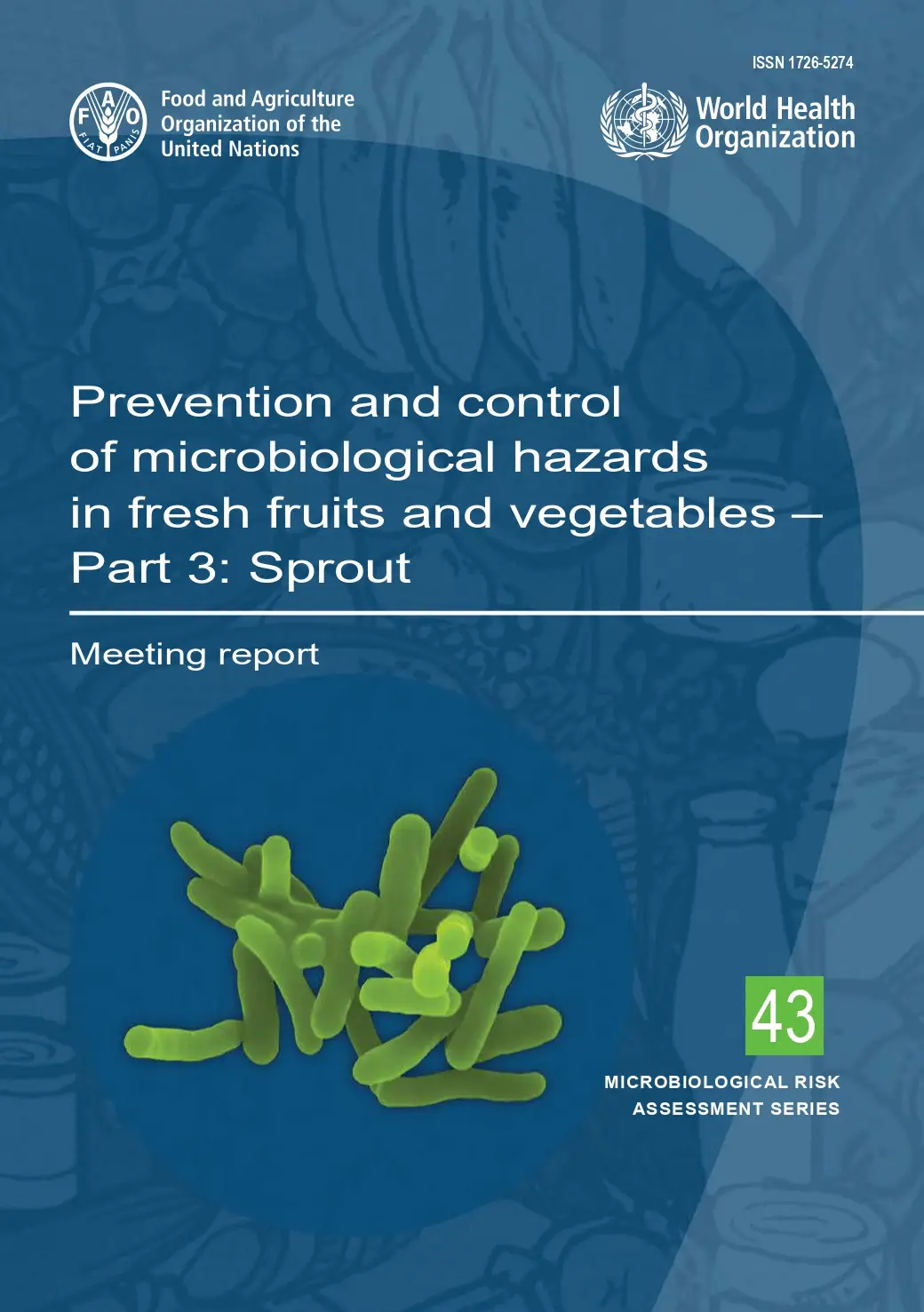

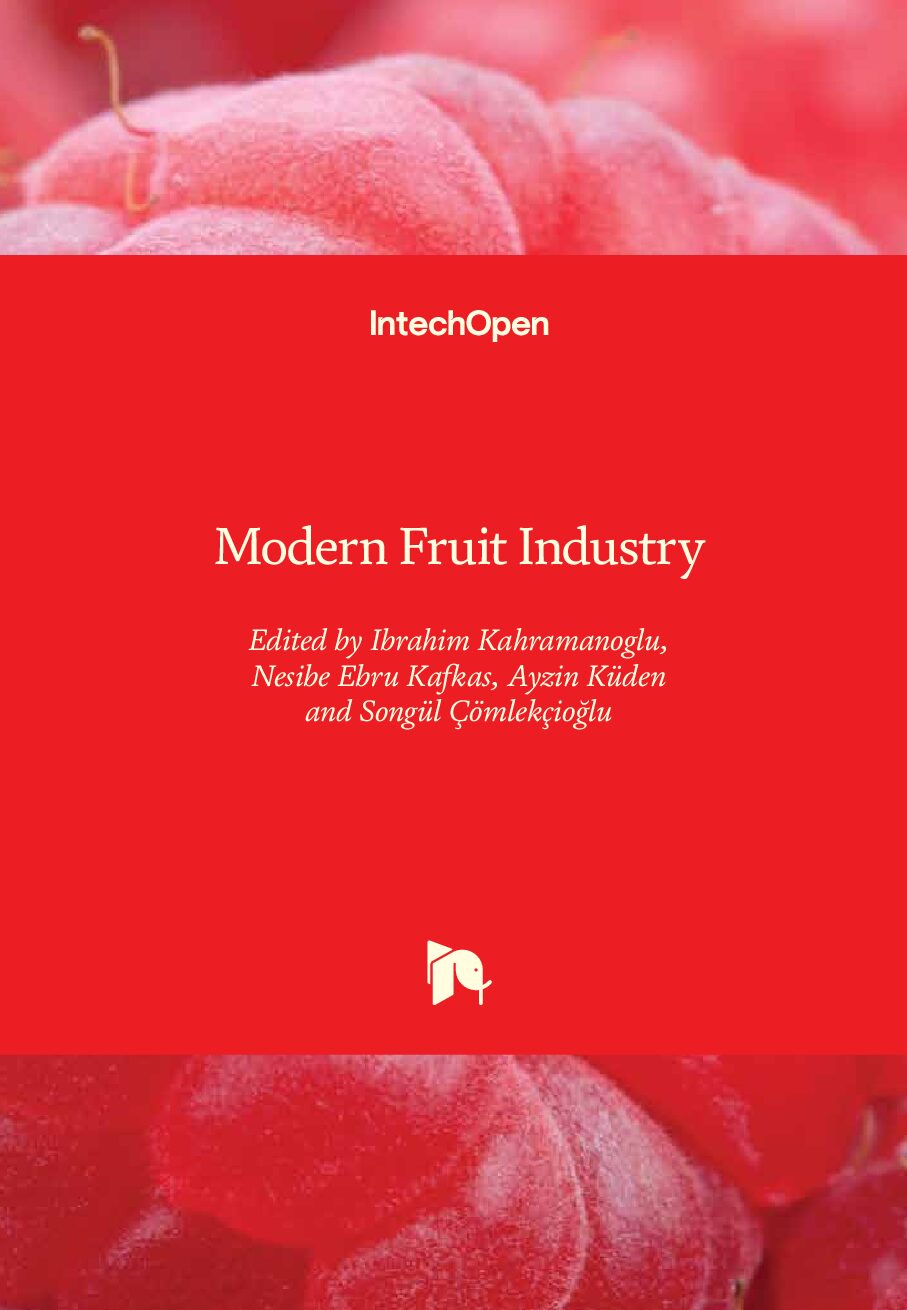


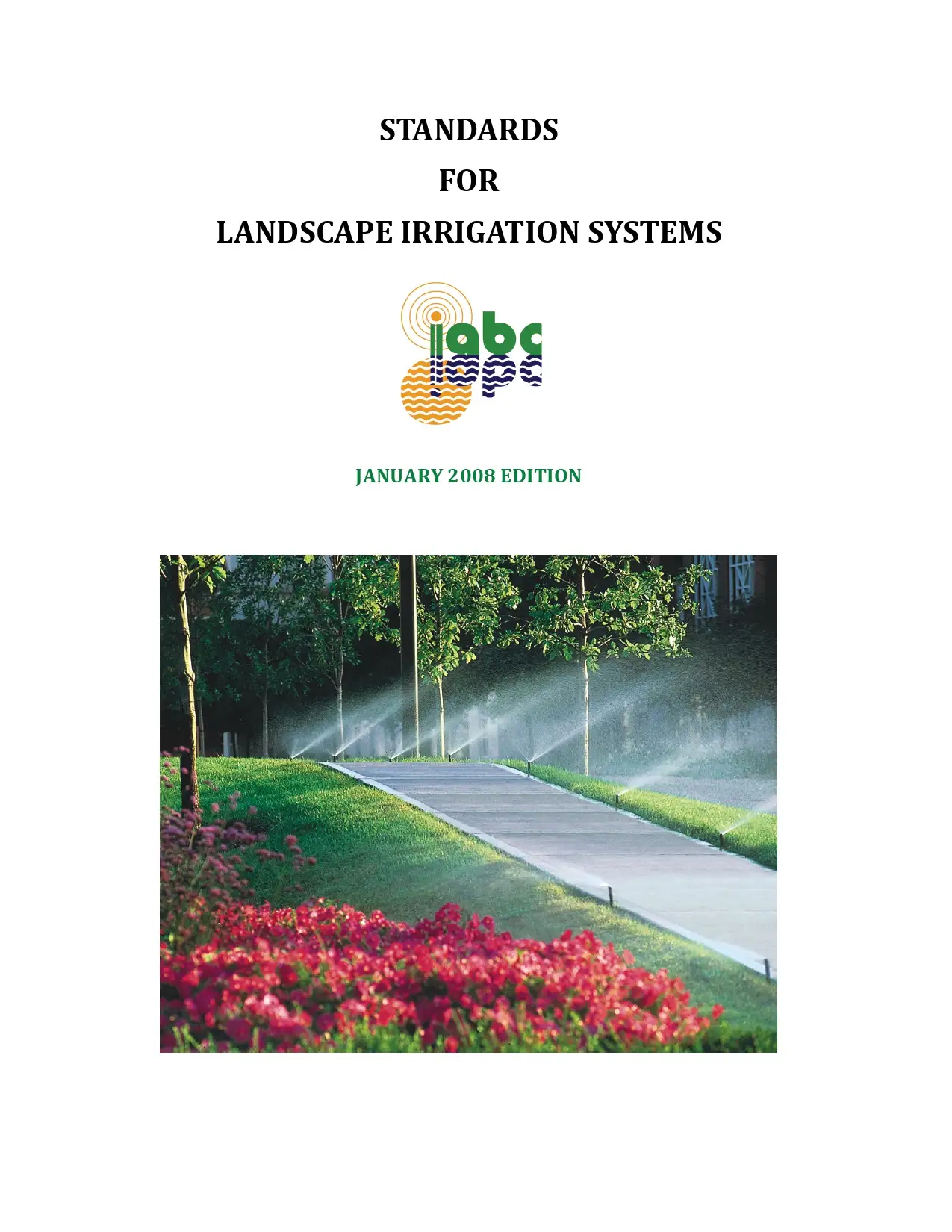



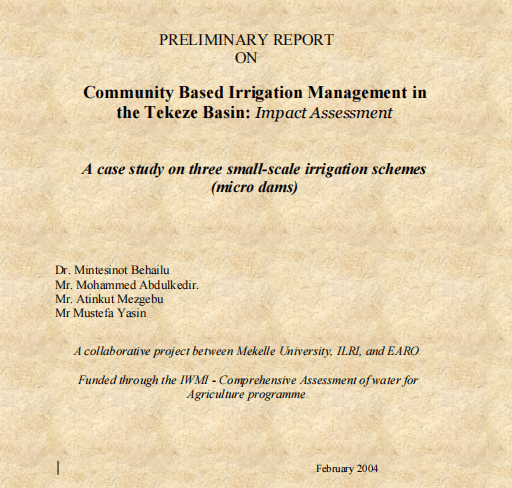

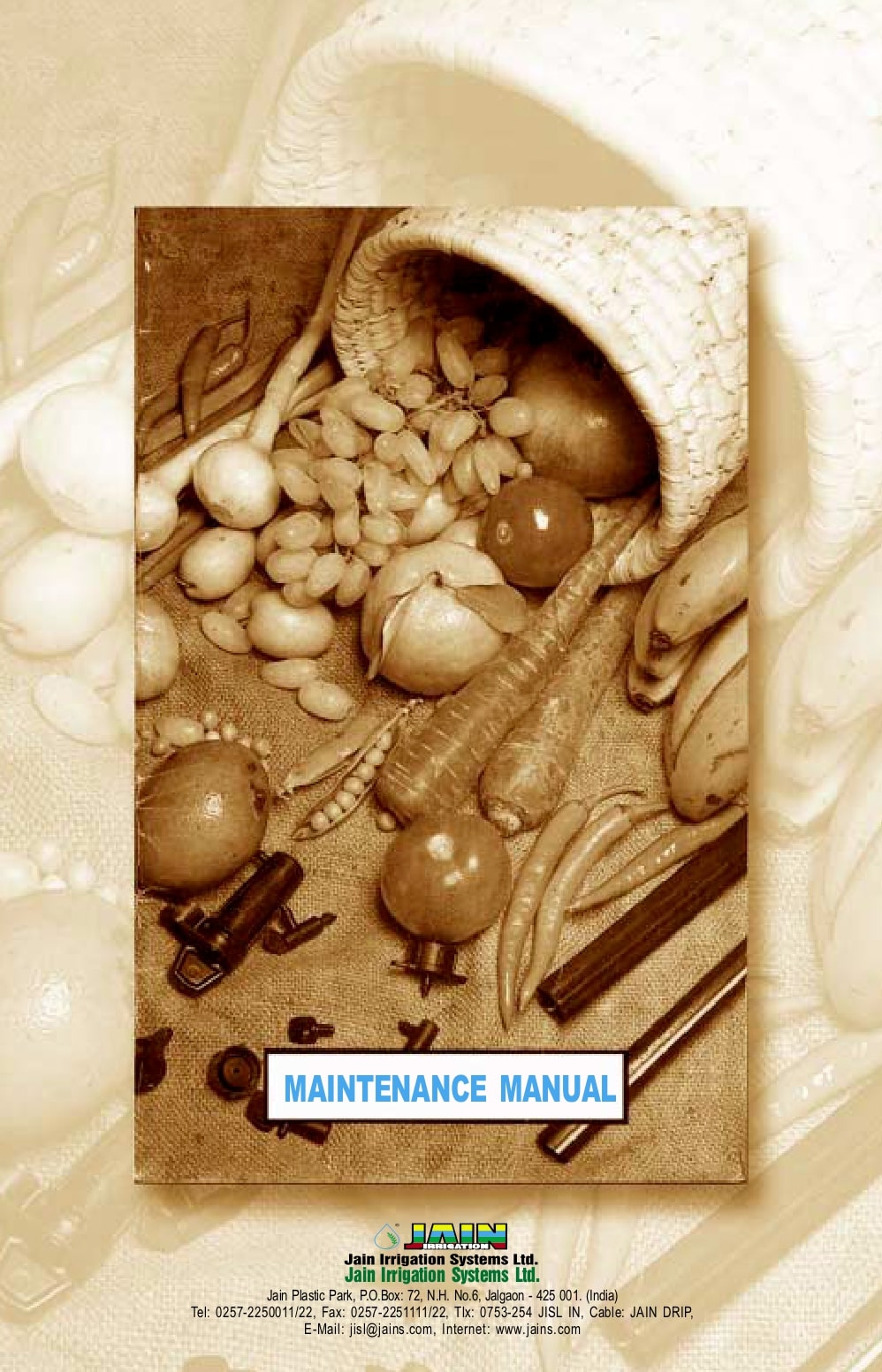
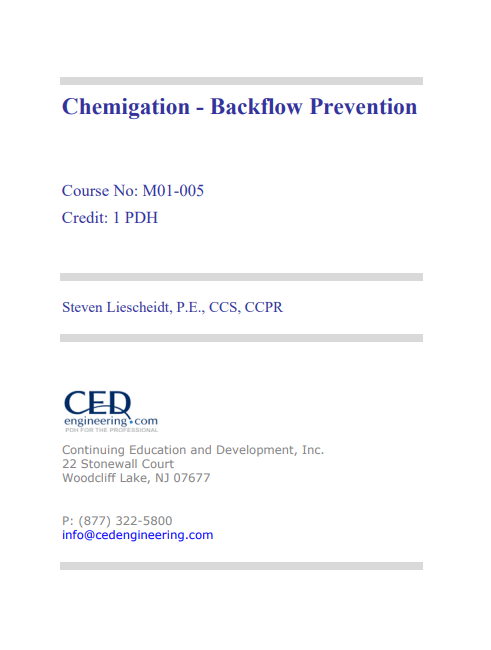
Reviews
There are no reviews yet.